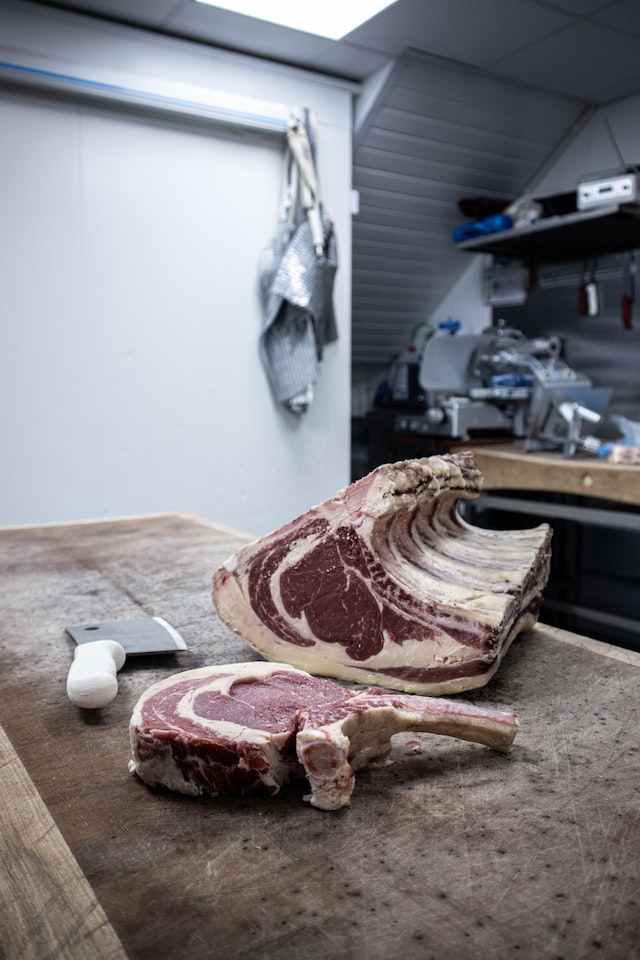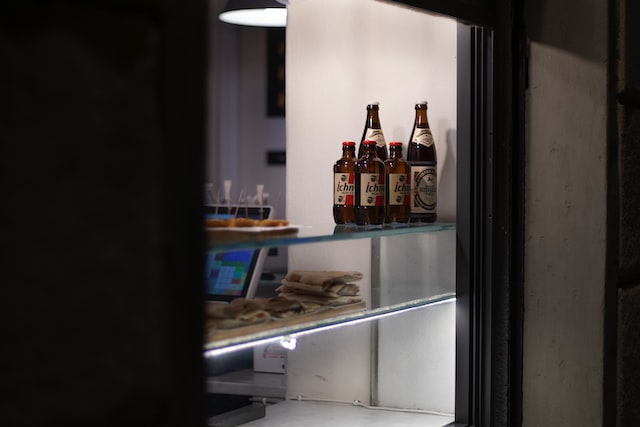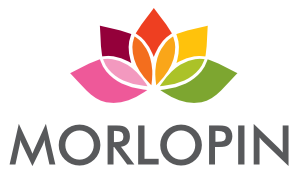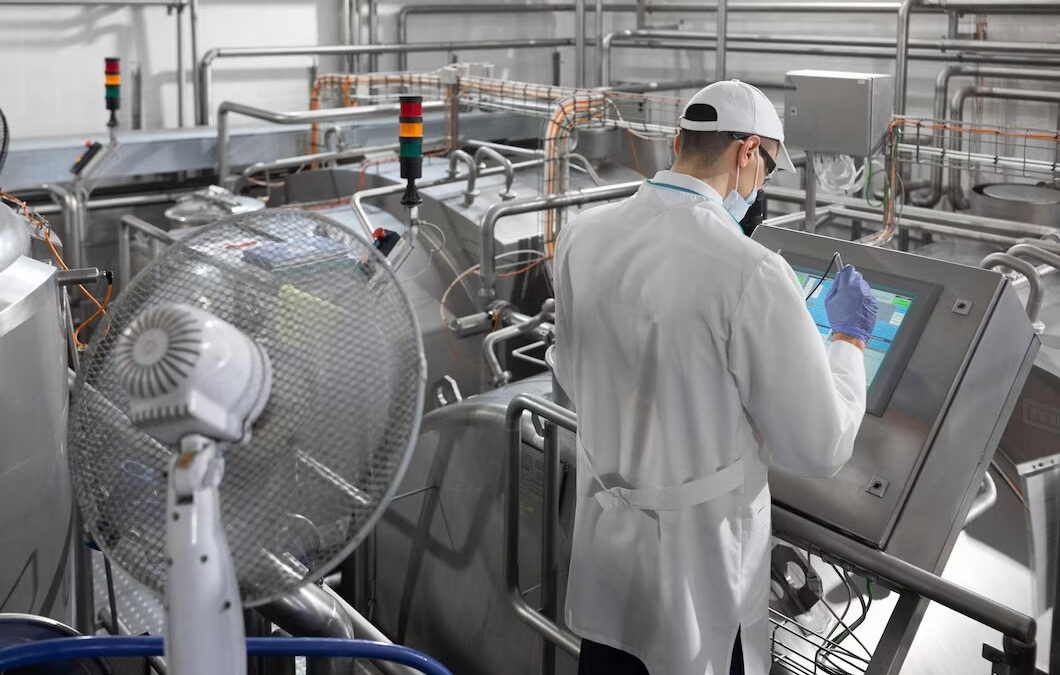What is a cold room?
It is an installation, which can be of different sizes, whose objective is to reduce or maintain at a fairly low temperature level a commodity. This merchandise can be both food products and other types of products that need this maintenance. Cold storagefood paint is essential for the food safety of cold storage rooms. There are several types of cold rooms. Refrigeration units, which store products at a temperature of 0ºC. And the freezers that keep the products in this state depending on their needs. Rely on Morlopin, your factory of food and industrial paints.
Most common cold room elements. Despite the different types of cold rooms, they all have some common elements. These elements are:
- Panels
- Soils
- Roofs
- Hermetic doors
- Air compressors
- Gas evaporators
- Gas condensers
- Evaporators and expansion valves
- Ventilation and air extraction systems
For all these elements, maintenance must be performed from time to time, including painting. In this case, food grade paint should be used.
Food paint for cold storage
Paint factory Morlopin manufactures and markets a range of its own paints. For painting floors in humid areas and high-tech and high quality cold, frozen or deep-frozen rooms. With our own design, which allows to solve your needs with food paint for cold storage.
Food paint requirements for cold rooms
- Resist extreme temperatures. Resistance to extreme temperatures is one of the most important requirements for the food painting of a cold room. It is important to consider not only the temperature of the machine operations, products and processes, but also the temperatures of the surrounding areas. On the other hand, chemical spills or extreme temperatures can cause damage. For example, steam used to clean cold rooms, together with cleaning products. They result in a very demanding environment, which can be easily solved by choosing the best food paint.
- Avoid slippage. The paint used for floor coating in wet areas of cold storage rooms normally requires anti-slip characteristics. Because, avoiding slippage is the main characteristic to determine the correct finish of the pavement. As well as being a requirement for ease of cleaning. The possibility of liquid spills on the pavement. As a general rule, the rougher the pavement, the greater the skid resistance. And more difficult is to apply the paint.
- Safe for food contact. Another need is that special paint is required for wet areas or in cold rooms. To obtain the sanitary certificate and to be able to sell food. Floor coverings in the food industry must be prepared for direct contact with food. And stay close to the food without affecting it. In addition, they must be able to withstand the intense cleaning that takes place. Involving frequent exposure to aggressive chemicals. For more information, please refer to the section on coatings paints for the food industry.
Recommendations for painting a cold room
Most of the places where food paint must be used contain cold rooms .
Painting this site must comply with Spanish health and safety codes. Therefore, the most advisable thing to do is to hire a specialist, since he will know the regulations and how to do it. This ensures that the work is done in the best possible way and that no problems may arise in the future.

What is food paint?
The food paints is used in coatings that are in direct or indirect contact with food. This type of paint is designed to be stable to ensure that no particles from the coating are directed to the food.
In short, food paint is used to coat surfaces that may come into contact with food, beverages or raw materials intended for food use. And its use is mandatory for the coating of surfaces in premises intended for the processing of unpackaged food, whether for floor, ceiling and wall coverings, wine or drinking water vats, as well as in operating theaters, i.e., wherever there is a sanitary use.
Types of food paint for cold storage
Within this type of paint, there are some subtypes that are used in different situations. These are:
- Solvent based: This is ideal for extreme cases, such as for stains with humidity above 20%.
- Water-based: There are two types, with matte or satin finish. It is suitable for dry damp stains and yellowish backgrounds.
Surfaces where to apply this paint
For the doubts you may have about where to apply this paint, we will differentiate 3 zones:
- Direct contact areas: These can be warehouses, cold rooms, counters, bars or preparation worktops.
- Indirect contact areas: Walls, floors, exhaust fans, ceilings, beams, scrubbing areas, processing or packaging area structures and skirting boards.
- Occasional contact surfaces: These can be machinery or tool areas.
For all these areas and surfaces there are exclusive food paints, so it is necessary to choose the right one. One of the most complicated places to paint are the cold rooms. Therefore, we are going to explain how these places are painted.
How should food paint be applied in a cold room?
The painting of cold storage rooms requires a precise technique and detailed planning. This type of paint should be applied at room temperature, using a roller or sprayed with a spray gun. But this must be done by a professional, since the surfaces that will be in contact are directly with food.
Therefore, care must be taken in the preparation of the substrates, the quality of the mixture, the quality of the application and, above all, the safety instructions must be followed. In addition, the use of this paint must be authorized by a center, which in turn must be accredited by the Ministry of Health, Consumer Affairs and Social Welfare.
How much can a painter cost?
Determining the cost of hiring a person to paint the facility depends on several factors. These factors are divided into:
- Labor: Usually €20 – €40/hour.
- Displacement: It can range from 30€ to 100€. Depends on distance
- Materials: These depend on the size of the surface to be painted, since more or less materials will have to be purchased. In addition, the company that undertakes this work must find the most suitable paint factory for the job.
After knowing this data, it can be said that the average price of a painter is 1.151€. However, if you want a more accurate quotation according to specific conditions, you should ask the corresponding companies for a quotation.

What is a paint factory?
We refer to the manufacturer as the person or group of persons who elaborates, creates or produces the paint. That is, those who, thanks to their intellect and skills, bring about innovation.
What kind of paints are usually manufactured?
In addition to the food grade paint we have been talking about above, there are other types, which you can also find in our paint factory. These types are:
- Industrial Paints
- Floor paint
- Wood line
- Construction and decoration line
Other types of products
Although the factory is mainly dedicated to the creation of paints, there is also the possibility to buy a variety of other products such as:
- Solvents: Usually has two main purposes. Dilute the paint that we need to paint, in this case the most appropriate action is to create a mixture with the paint and the solvent. Remove dried paint and clean tools that have been stained with paint.
- Painting complements: In this section we can find several tools that also appear in our paint factory catalog. These can be used in a wide variety of projects such as keeping the area to be painted clean or preparing surfaces for paint application.

